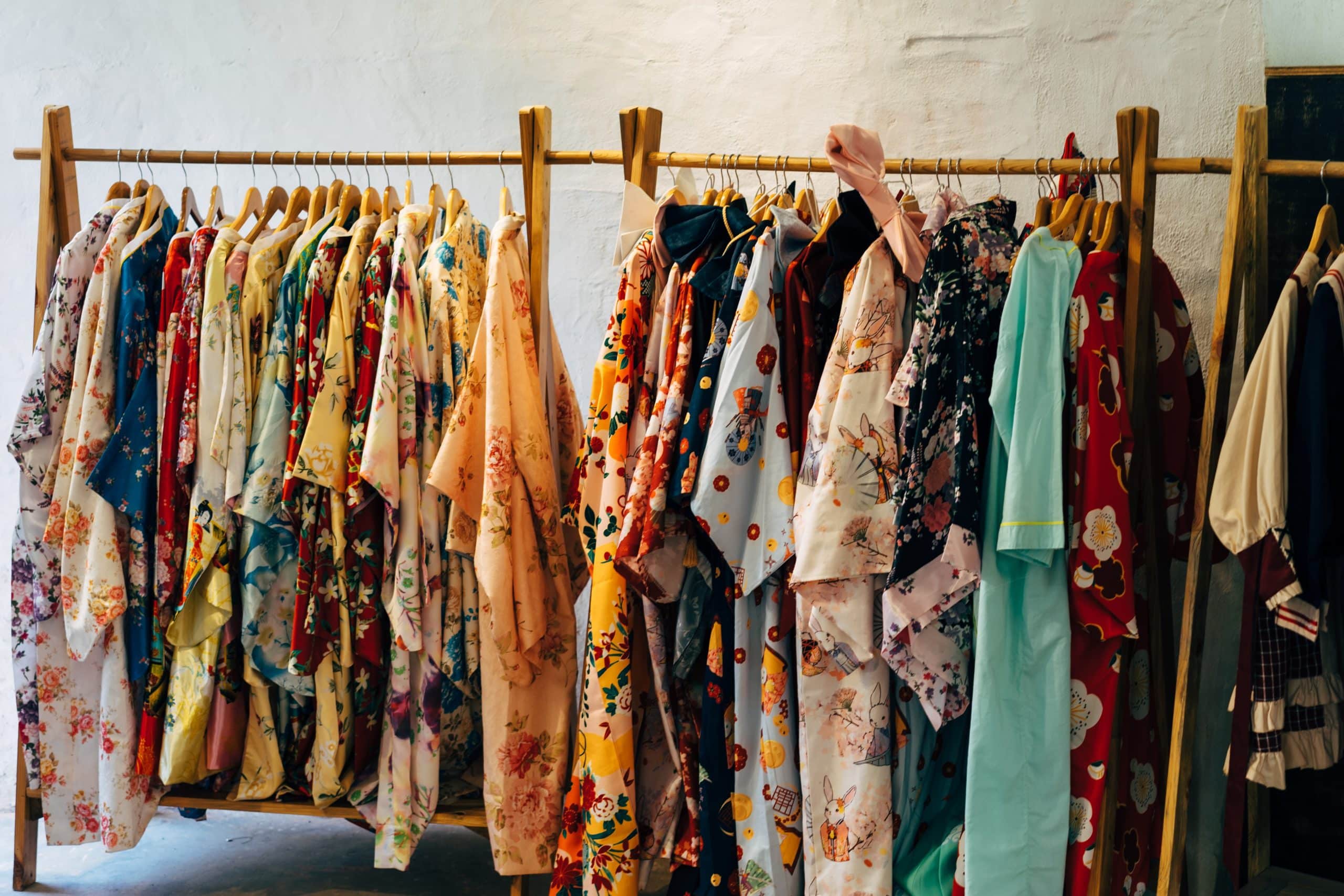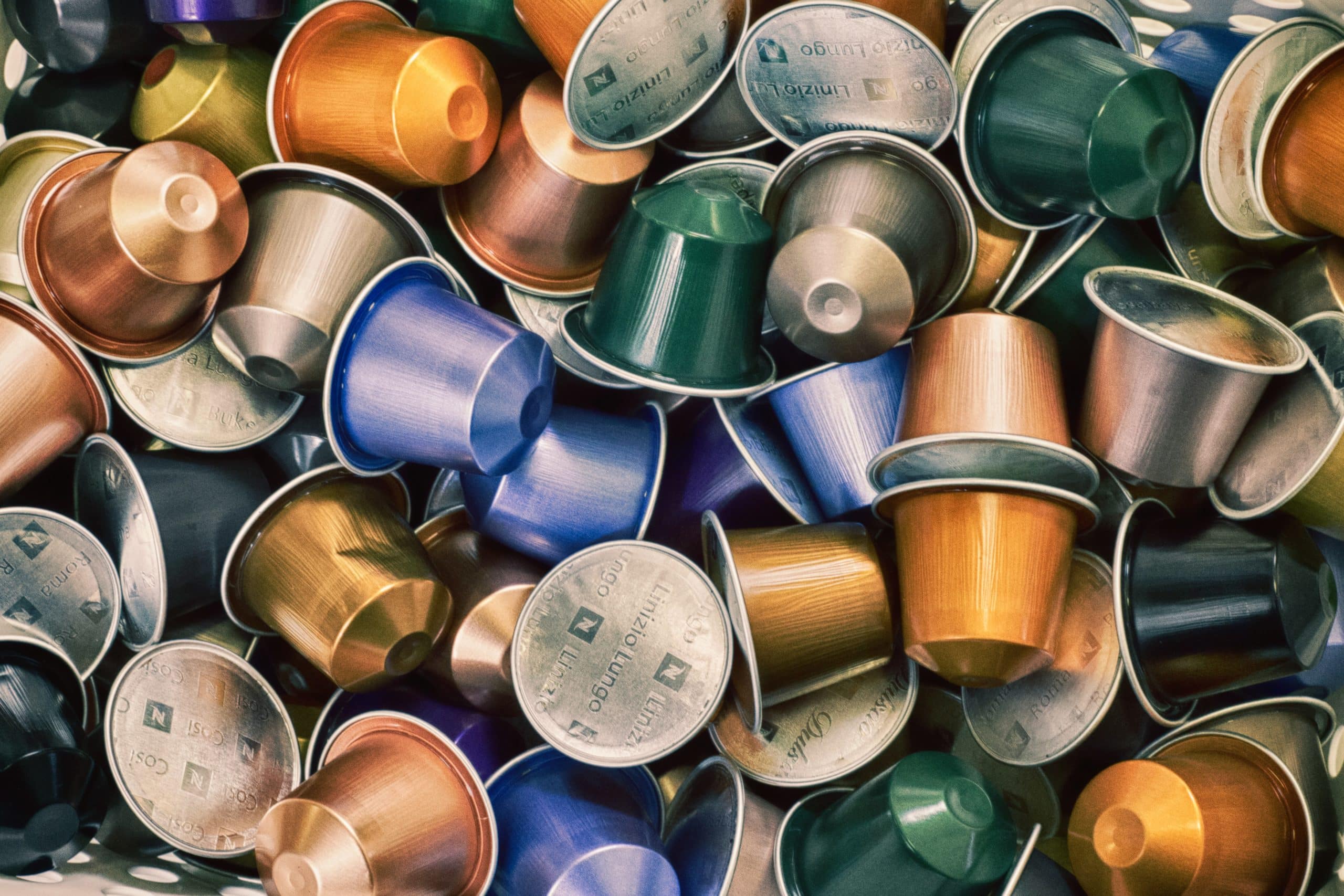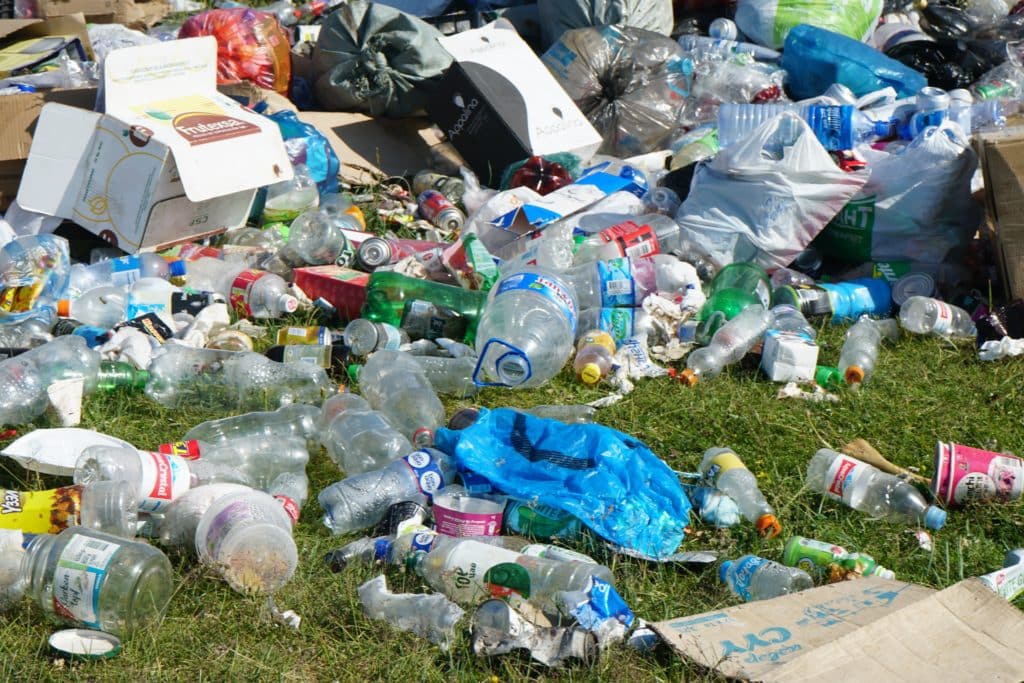Everyone creates waste without thinking about it. The things you toss in the garbage eventually affect the planet and your health because they contribute to throwaway culture. Read this guide to learn more about how it’s bad for Earth and a few surprising ways people accidentally contribute to global warming. You’ll know what to avoid to help the environment.
—
What Is Throwaway Culture?
Before the days of instant orders, overnight shipping, and mass production, people created clothes and other items that lasted for years. Now you can find whatever you need with a single click or tap on a screen. It might make life easier, but there is no doubt that it is much worse for the planet.
Throwaway culture is the practice of throwing something out after a single use. It can also include things that end up in landfills after a few days or weeks of usage. The planet is better off with less garbage in dumps.
You might also like: The Truth About Online Shopping and Its Environmental Impact
Examples of Throwaway Culture Waste
There’s no way to make everything last forever, so what counts as throwaway waste? These are a few examples of how people knowingly or accidentally contribute to climate change.
1. Fast Fashion
Major fashion brands produce seasonal styles, but consumer fashion companies create new products much faster. Your favorite stores or apps likely introduce new clothes weekly. It’s a form of throwaway culture called fast fashion, which produces 92 million tons of waste annually on a global scale.

The fast fashion industry is the second-biggest consumer of water and is responsible for about 10% of global carbon emissions – more than all international flights and maritime shipping combined. Photo by Markus Winkler on Unsplash.
Fast fashion encourages people to buy new clothes for just a few dollars and throw away their out-of-style clothing. The out-of-style looks are often clothes created just weeks or months ago. The excess fabrics and products sit in landfills for decades, leading to environmental pollution.
You might also like: Fast Fashion and Its Environmental Impact
2. Traditional Construction Methods
When people want to buy a home or get commercial property, the construction methods contribute to global warming. The machinery burns fossil fuels throughout months of work, and teams throw out waste like scaffolding, concrete, and excess construction supplies.
This industry-wide waste inspired experts to invent more sustainable ways to continue building what people need. Green construction methods now help the planet and everyone’s health. Sustainably minded teams utilise zero-emissions materials and air filtration systems so no one’s breathing or creating carbon dioxide (CO2) waste.
You might also like: 5 Ways the Construction Industry Is Getting Greener
3. Coffee Pods
Machines that make coffee with single-use pods revolutionised the market. Consumers loved making single cups of coffee to avoid wasting ground beans, but it led to plastic waste that pollutes rivers and kills wildlife in nearly every country. The plastic then breaks down into microplastic particles that invade drinking water.

Almost 30,000 coffee pods go to landfill each month and take 500 years to decompose. Photo by Jisu Han on Unsplash.
Swapping your pods for reusable versions or compostable coffee filters will prevent you from adding to this specific modern waste. You will instantly have a greener lifestyle and more drinkable water in your local water system.
4. Six-Pack Rings
Many packaged beverages use plastic rings to keep drinks safe during shipping. The cheap material is reliable but goes straight into landfills when consumers bring their drinks home from grocery stores. Opting for beverages that don’t use plastic rings is better for the environment and minimises your carbon footprint.
5. Paper Towels
You likely use paper towels every day to clean spills around your home or dry your hands. They count as single-use waste that harms the environment. Companies kill trees to create them before the paper towels take time to decompose in landfills. Opting for hand towels or washcloths is a simple way to minimize waste that people don’t often consider.
Live a More Sustainable Lifestyle
Throwaway culture harms the planet and everyone’s health. The good news is that it is quite easy to avoid. Consider alternatives to these common forms of single-use waste by planning lifestyle changes. Whether you talk with a construction team about how they’ll build your future home or use biodegradable coffee filters, you’ll minimise your carbon footprint and live a healthier life.
Featured image by Jisu Han on Unsplash.
You might also like: We Need Sustainable Food Packaging Now. Here’s Why.

















